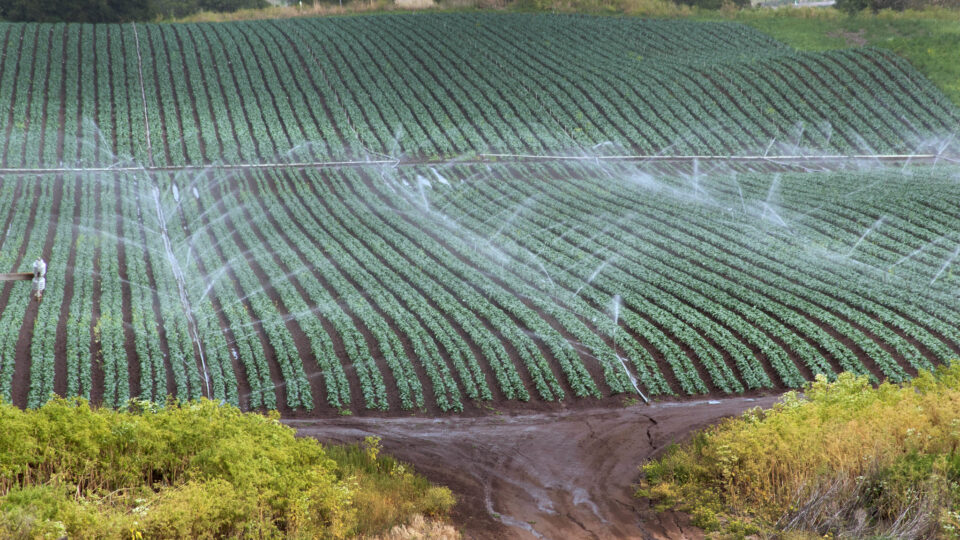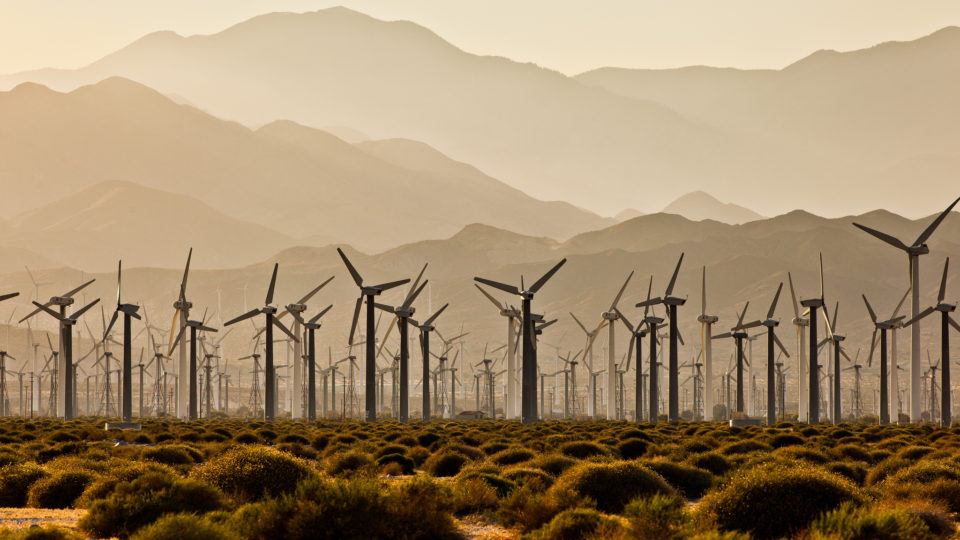California has unique micro-climate diversity that creates ideal growing conditions for a wide range of crops. One third of the vegetables and two-thirds of the fruits and nuts we eat in this country are grown on the more than 76,000 farms in California. But as the climate continues to change, many farmers have started to worry about where and when crops can be grown in the future. Within the next 20 years or so, some parts of California may become too hot and dry to sustain agricultural production.
According to new research from the Lawrence Berkeley National Laboratory, by the years 2045-2049, warmer temperatures will have a significant effect on cool-season crops such as broccoli and lettuce such that their growing season will need to shift. On the other hand, warm-season crops like cantaloupe, tomatoes, and carrots will need to move to entirely new growing locations.
The study looked at five key crops that are produced more in California than elsewhere and studied the climate conditions under which they prosper and those under which they fail. They established the range of conditions for which the crops can remain successful. Finally they looked at climate projections for various parts of the state.
California’s agriculture is an essential part of our food security, so it is important to predict how future warming will affect when and where crops can be grown. Changing these things presents challenges. For example, when considering relocating crops, growers have specialized knowledge of their land and their crops. If crops need to move to a new area, either the farmers have to move to that area, or they have to grow a different crop. Either way, it presents a practical and economic burden on the farmer.
**********
Web Links
Some of America’s Favorite Produce Crops May Need to Get a Move On by 2045
Photo, posted June 16, 2011, courtesy of the U.S. Department of Agriculture via Flickr.
Earth Wise is a production of WAMC Northeast Public Radio.

